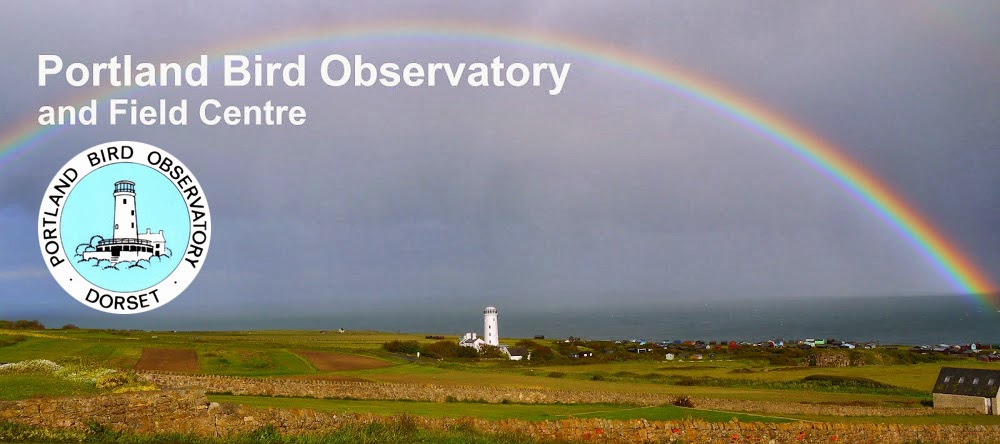Single Large Tortoiseshells were seen at two sites at Fortuneswell.
Portland residents are pretty fortunate to have a wealth of potentially migrant-rich footpaths along which to undertake their daily constitutional walk during these peculiar times; their rewards have been pretty scant so far but we wouldn't mind betting that with the extra miles being covered one or other of them bumps into something decent before too long. Yesterday's routine fare included Wheatear and Turnstone © Geoff Orton:
At the Obs, our mist-nets have quietened right off in recent days, although that has allowed us to tinker around with perhaps restarting having a closer look at some species on the blog. When we used to have a go at this on the old website the aim wasn't a 'teaching granny to suck eggs' series for ringers but rather dabbling at showing birders the sorts of features that might be visible on a good field view. We doubt that we'll ever get round to being systematic with this and the first bird out of a bag yesterday was a minor Bill scarcity in the form of a Bullfinch. Sexing's well covered in any guide so there was no bother with this female:
Ageing also wasn't a problem since all young Bullfinches retain a certain number of juvenile feathers throughout their first year - most visibly, this youngster born last summer retained, for example, a couple of outer greater coverts and all the primary coverts:
On the closed wing, we did notice just how readily the two juvenile greater coverts disappeared from view beneath the other eight adult-patterned feathers in this tract so in the field it might be that the most obvious sign of immaturity would be the dull - matt as opposed to glossy - primary coverts and alula © Martin Cade:





